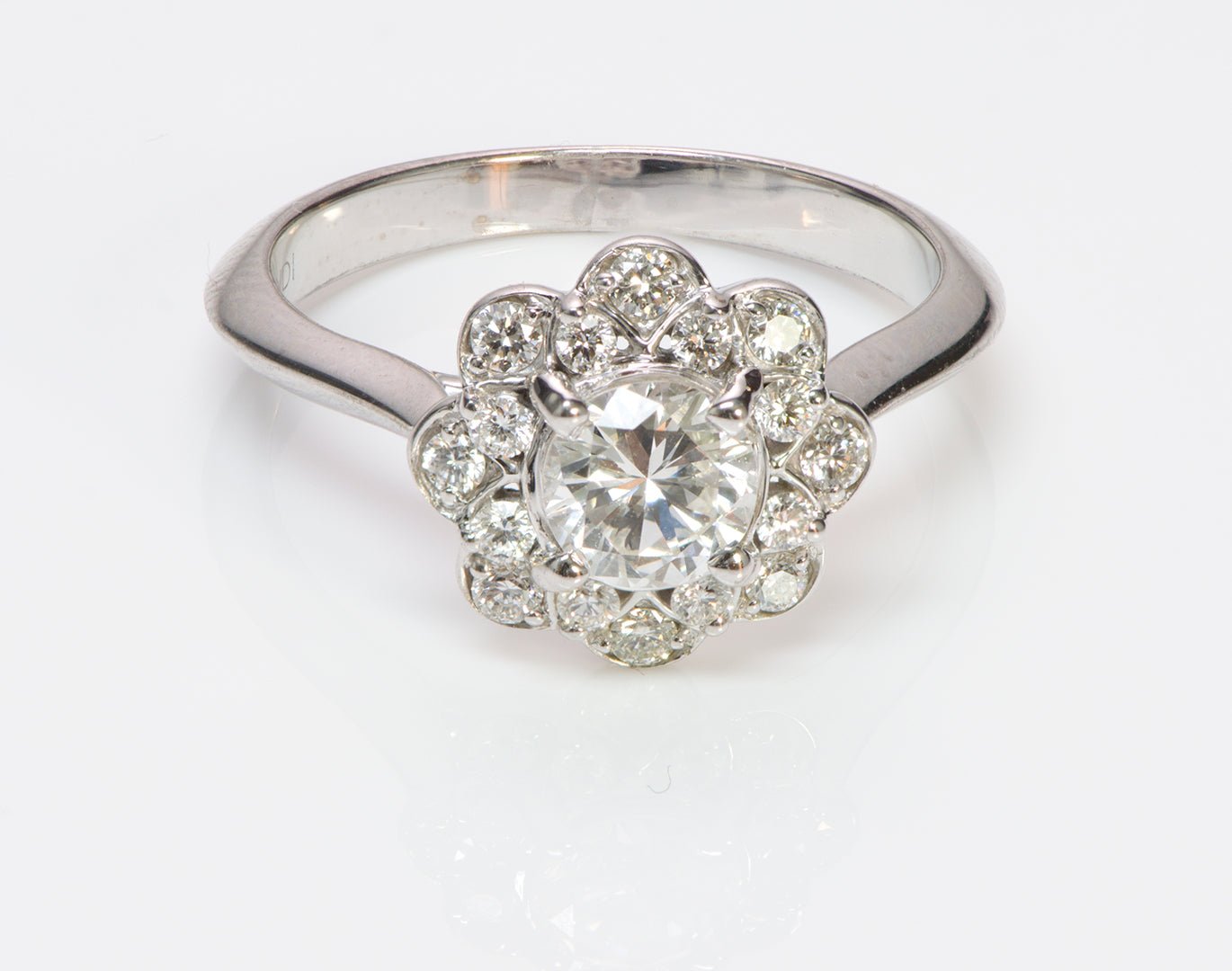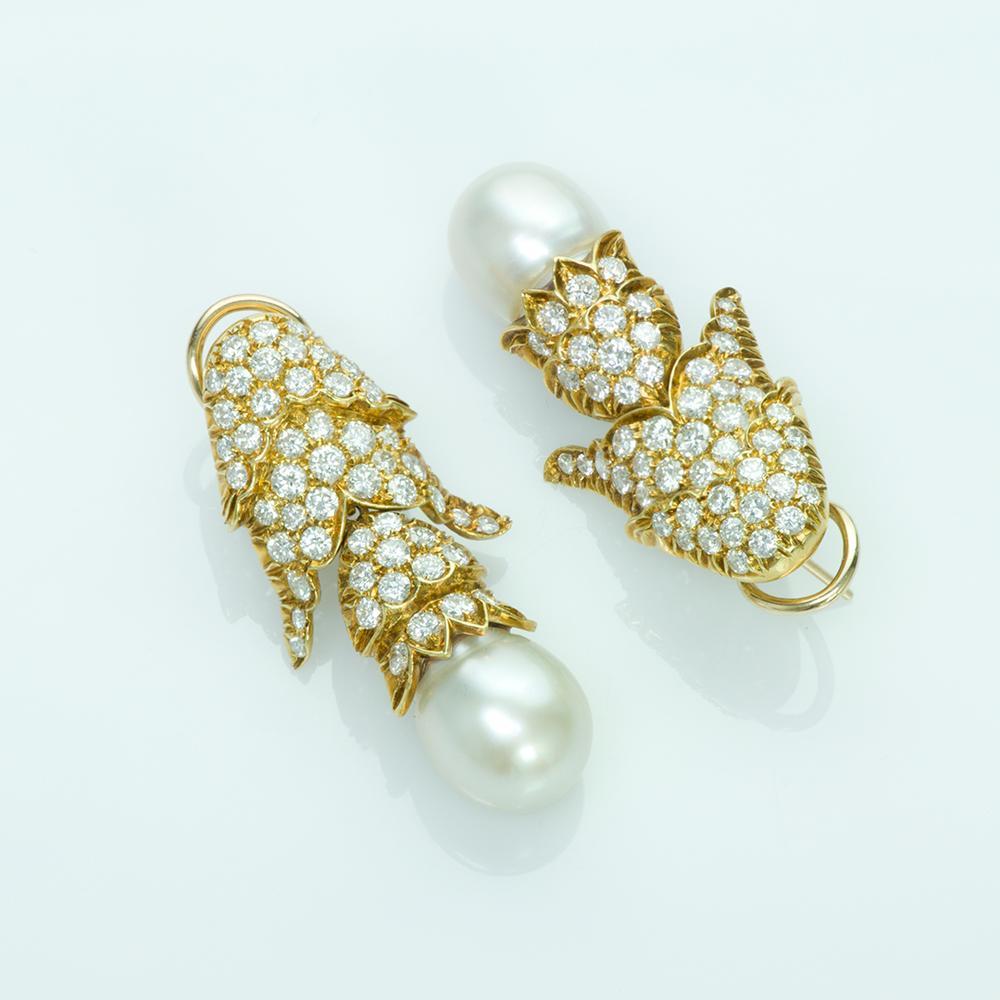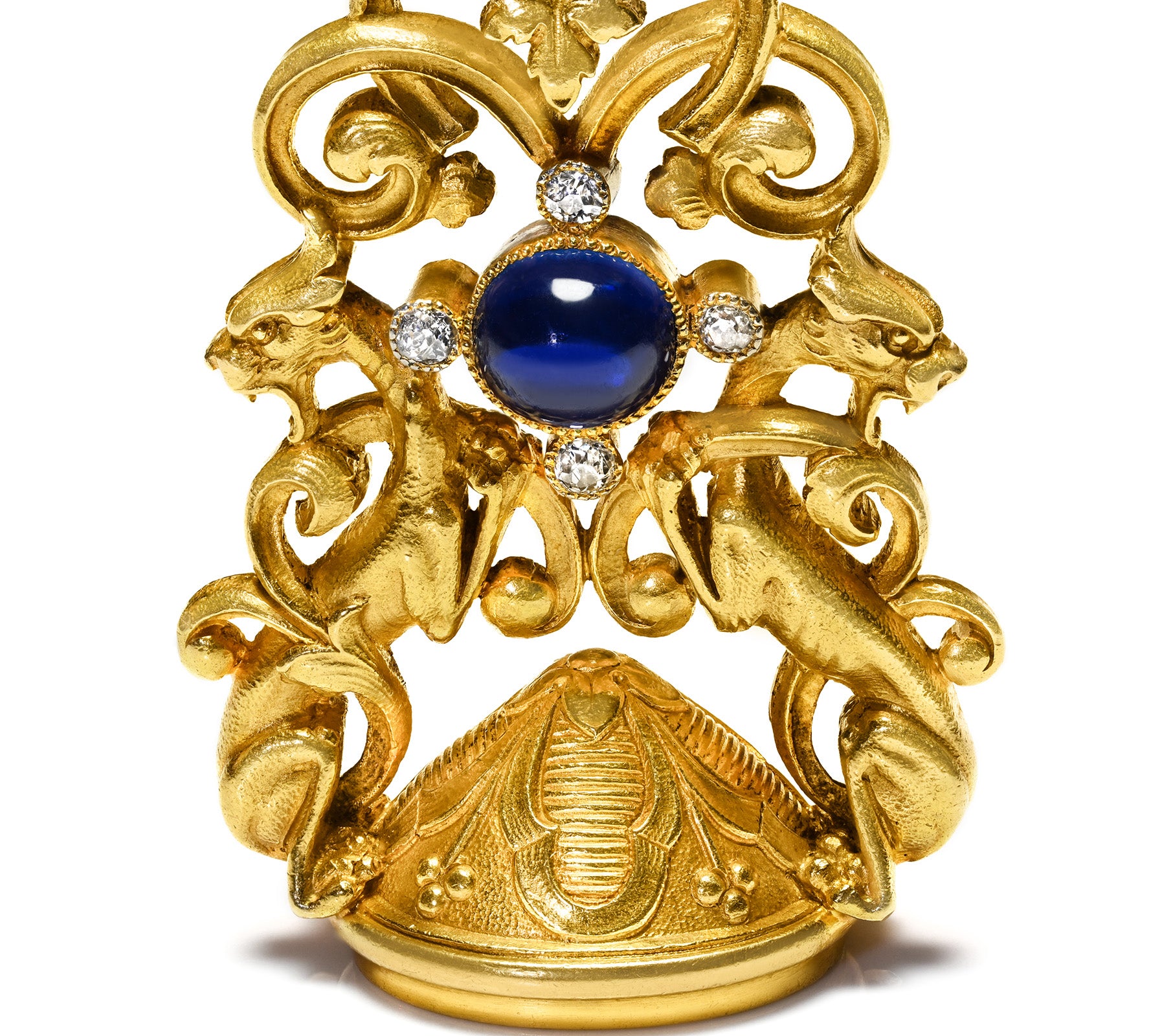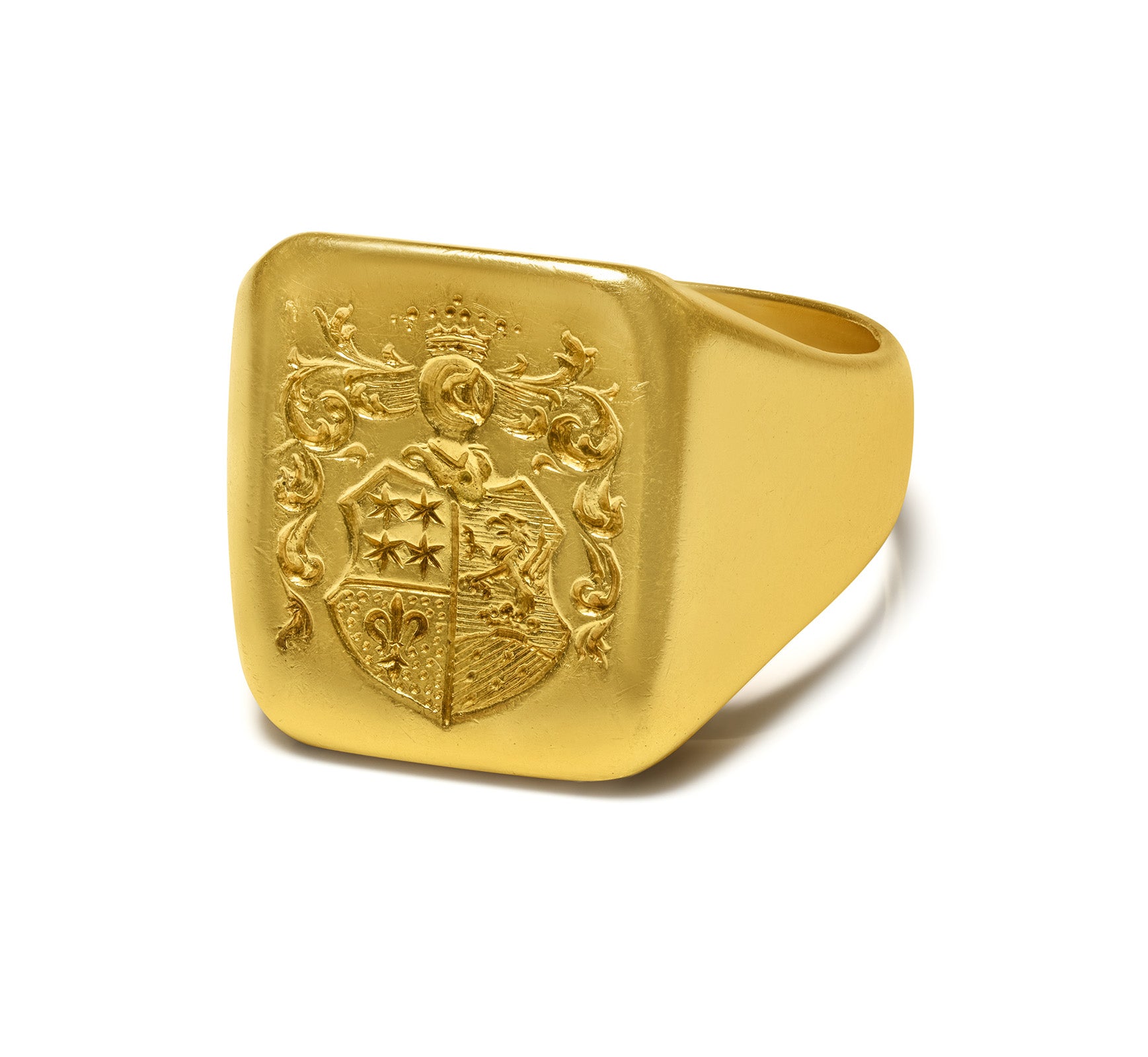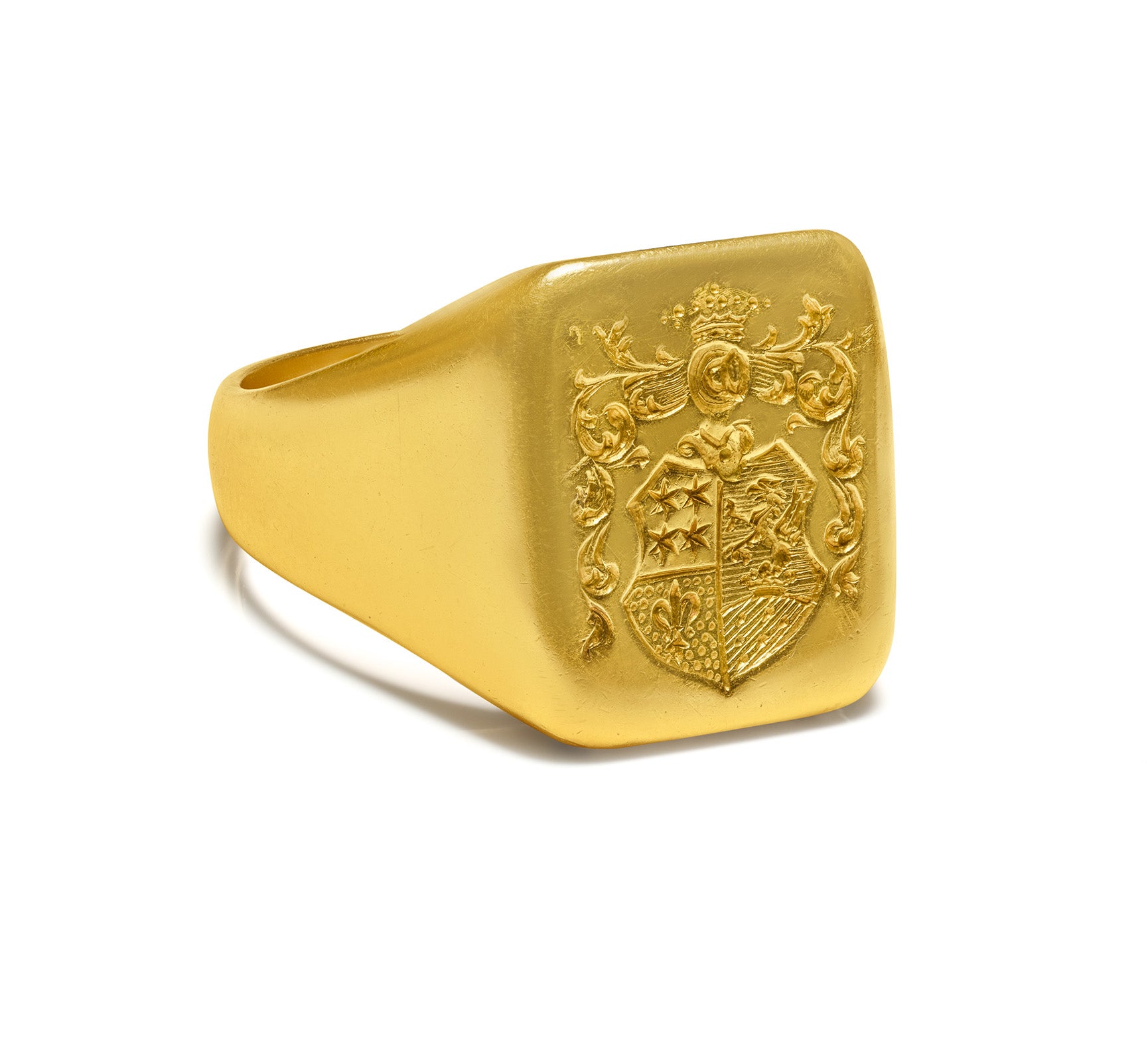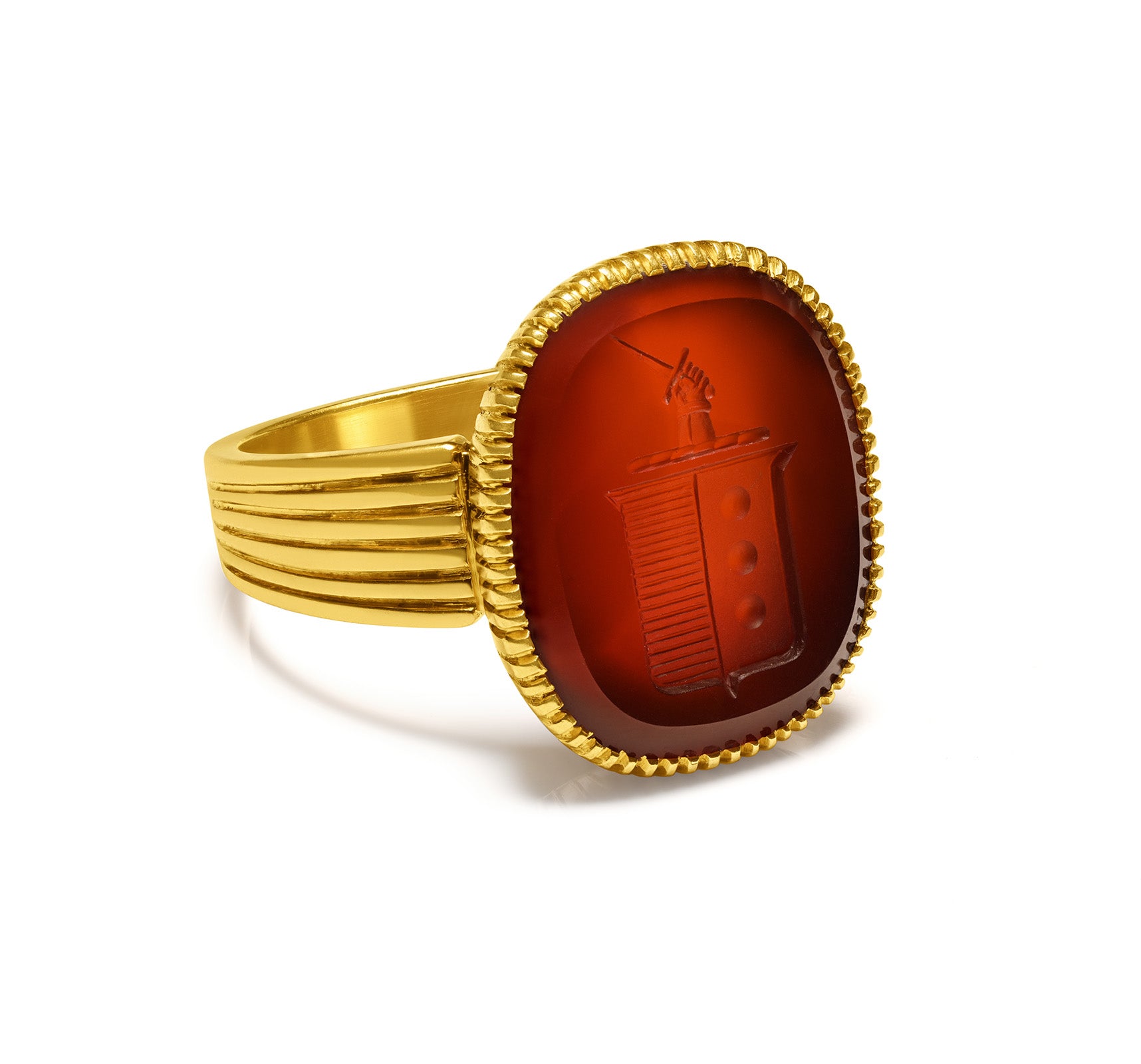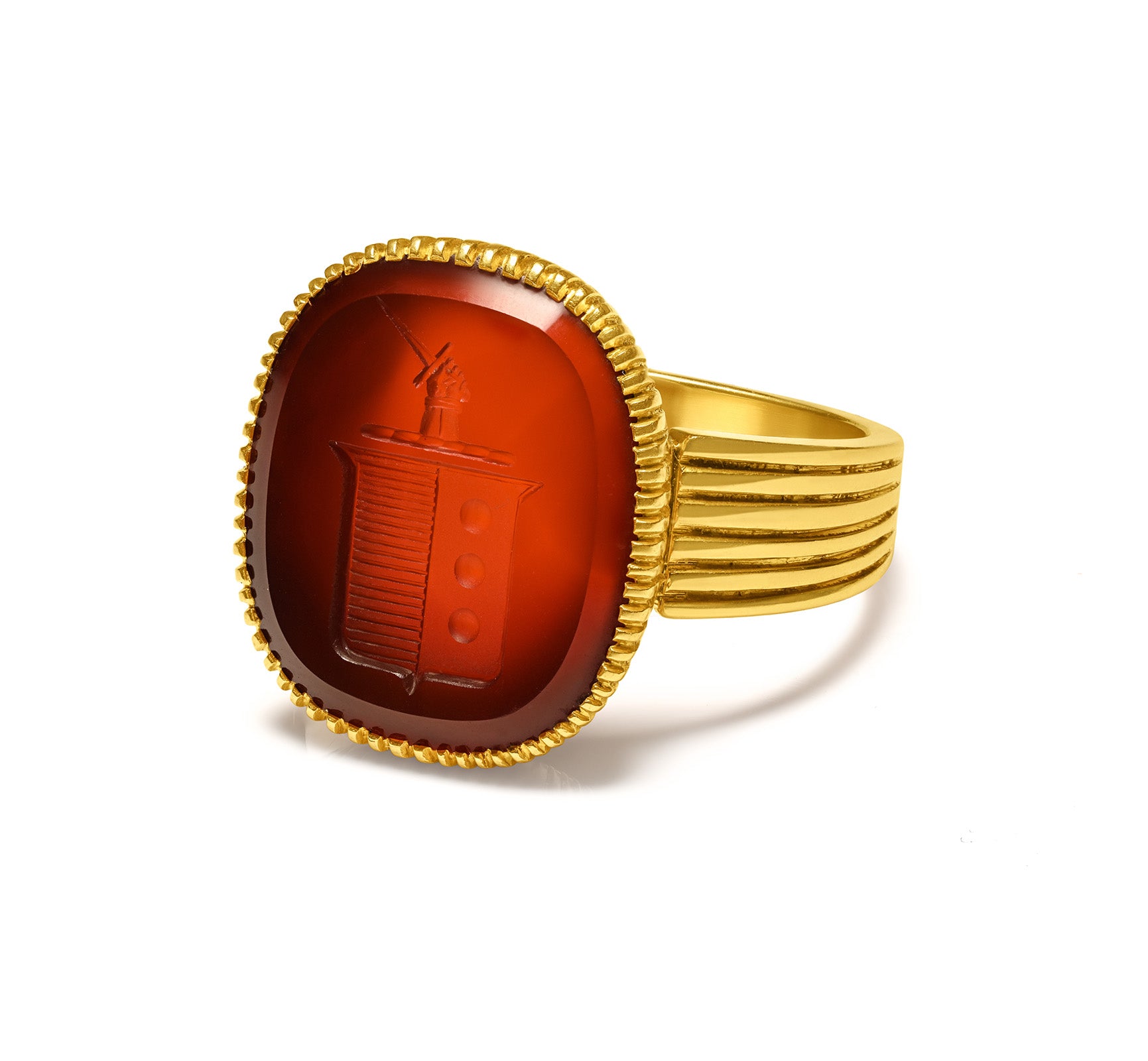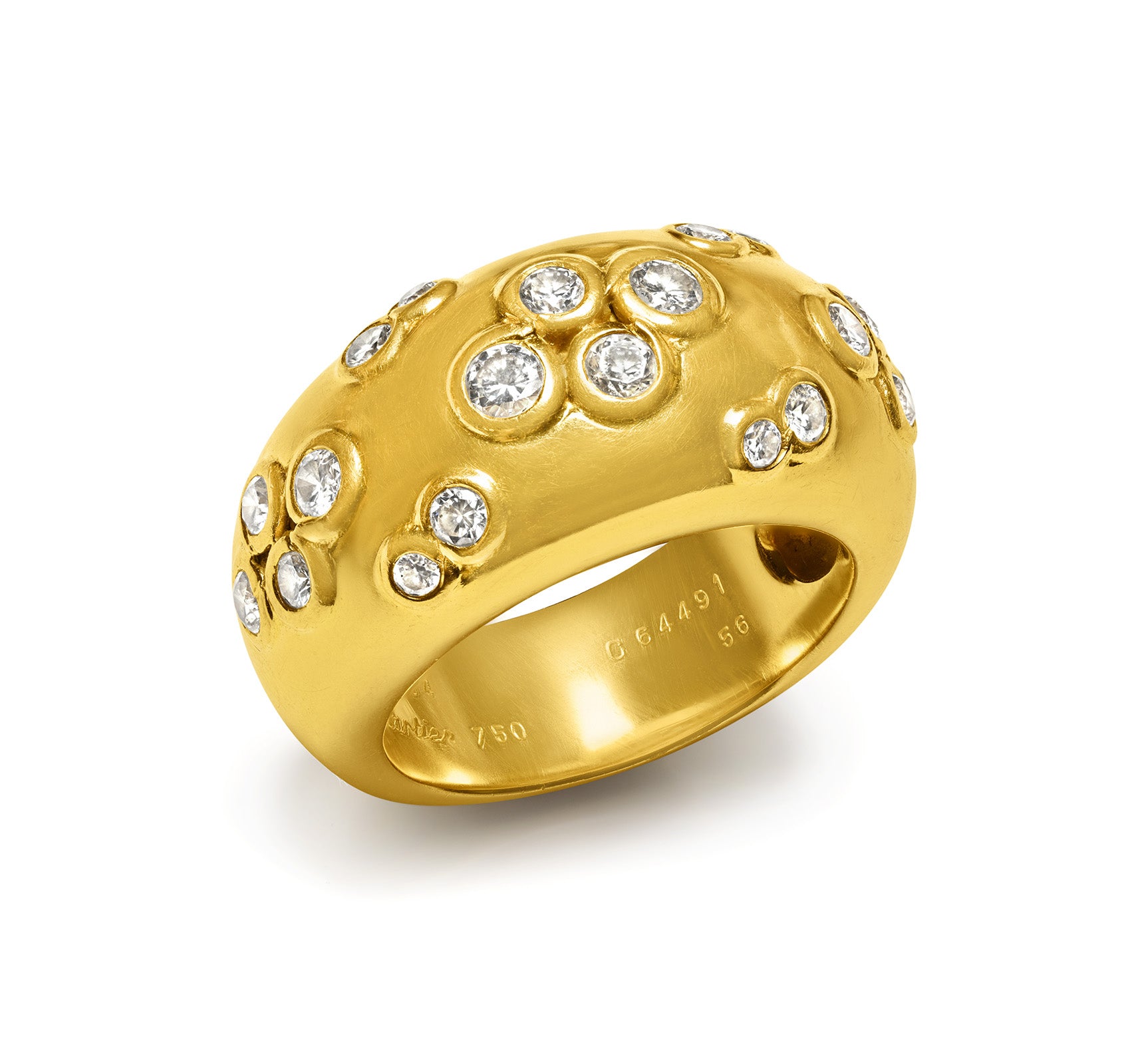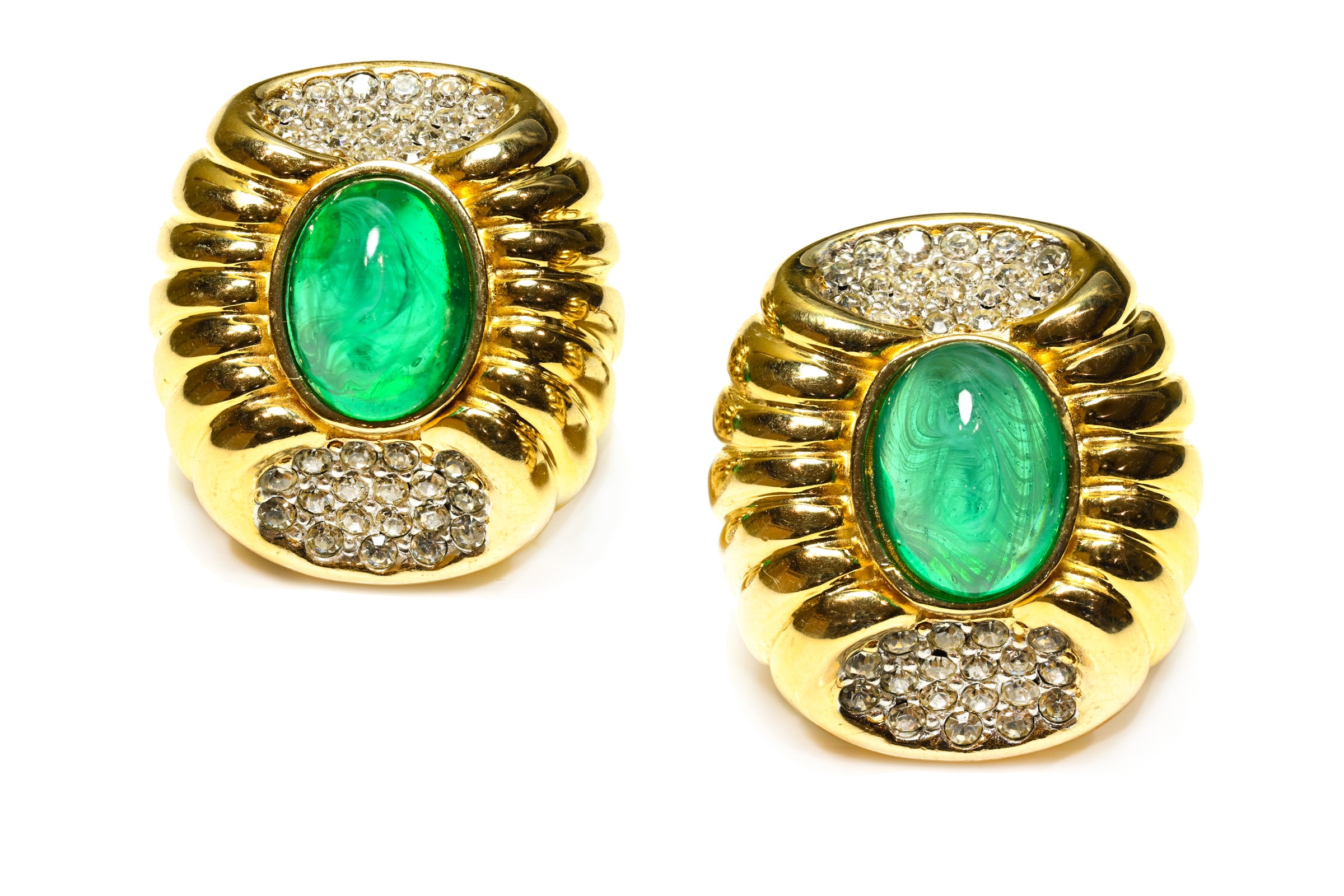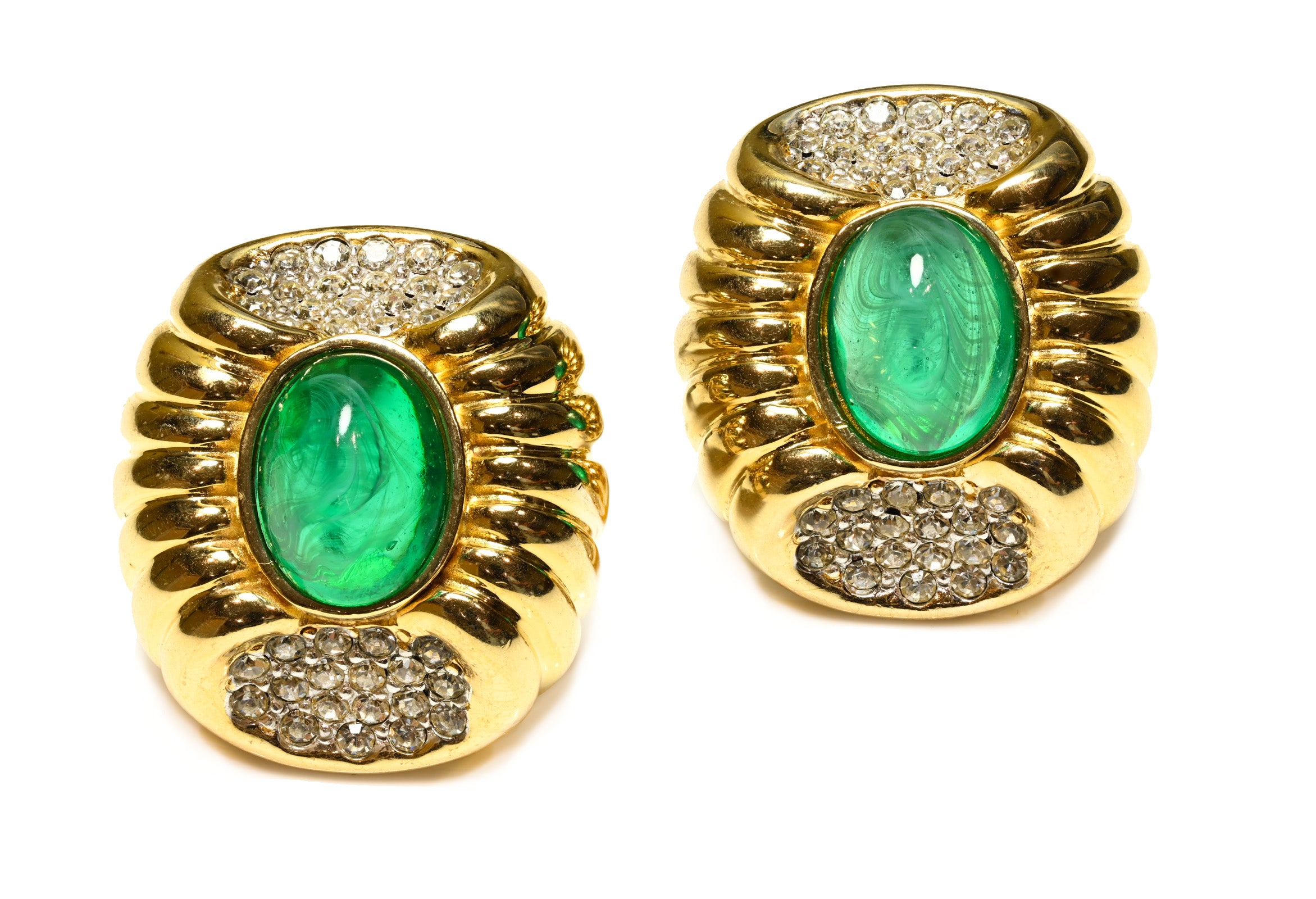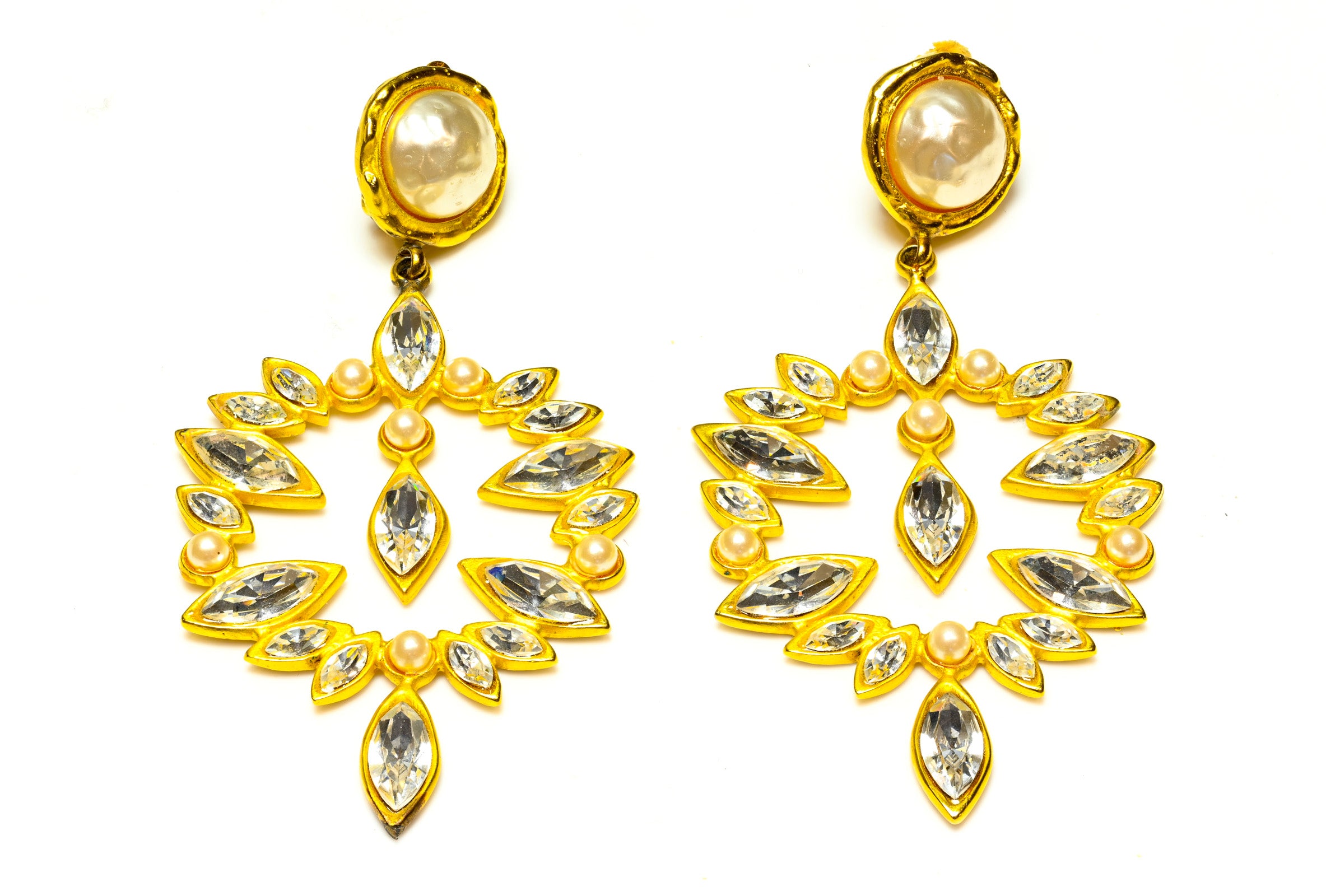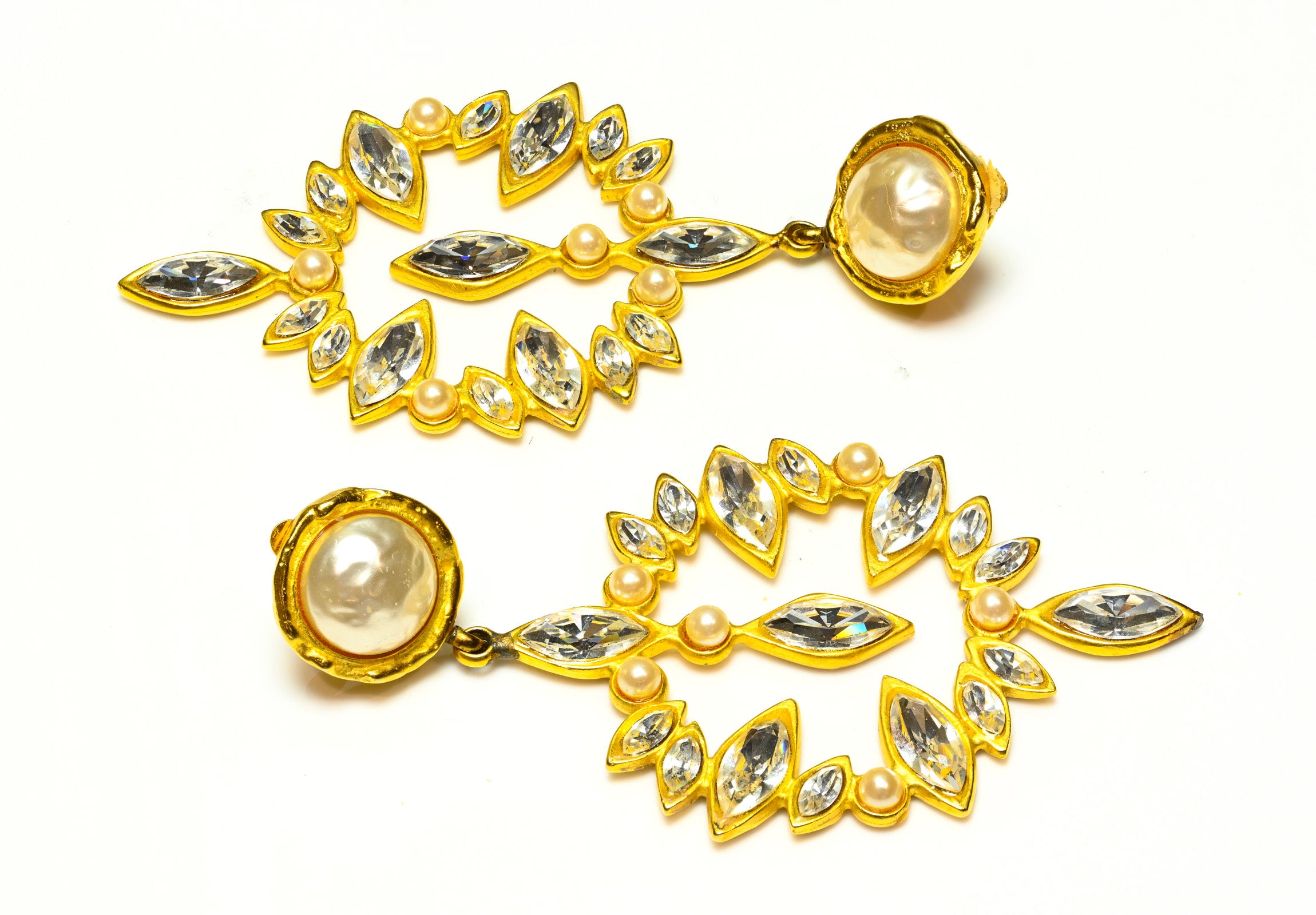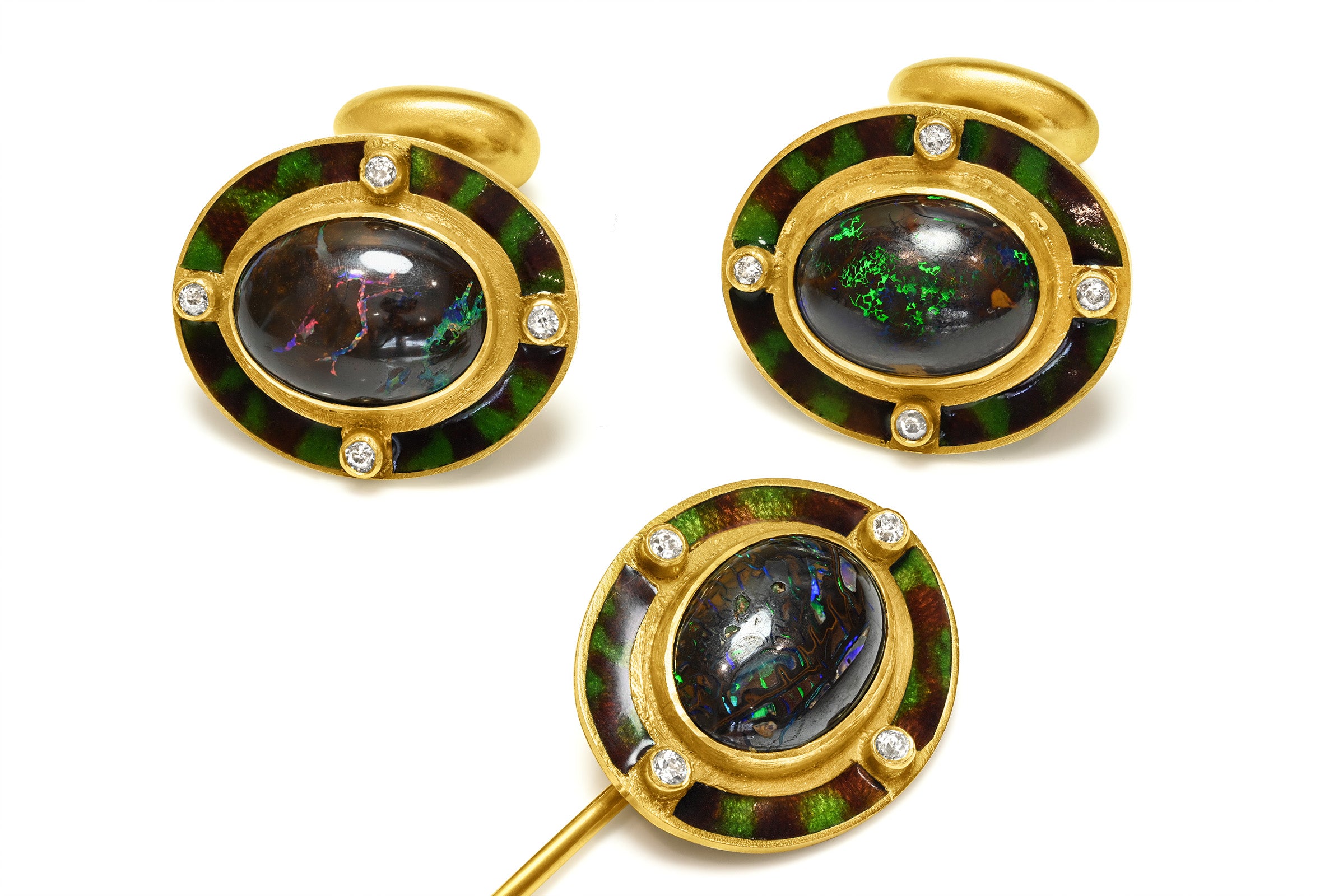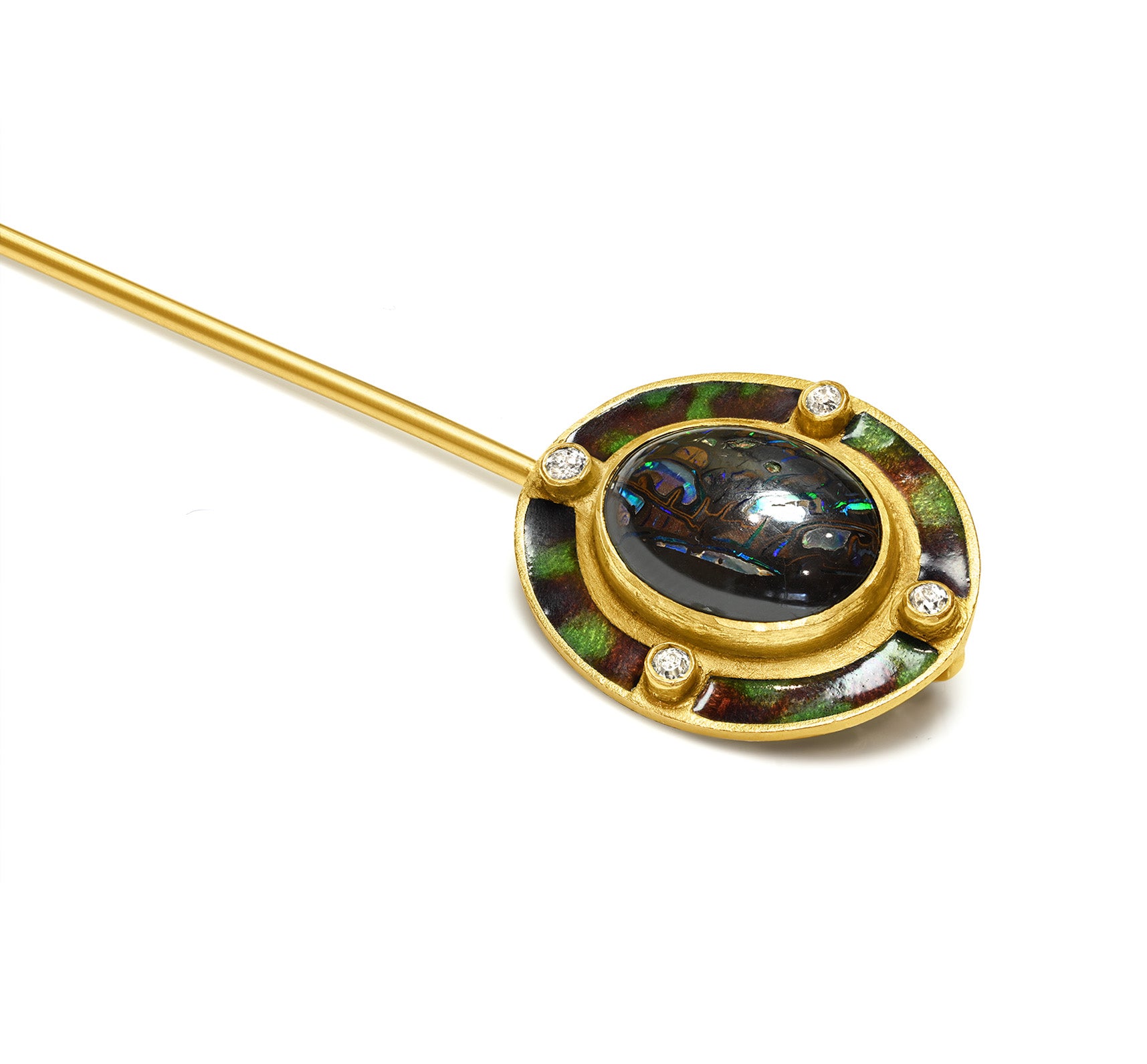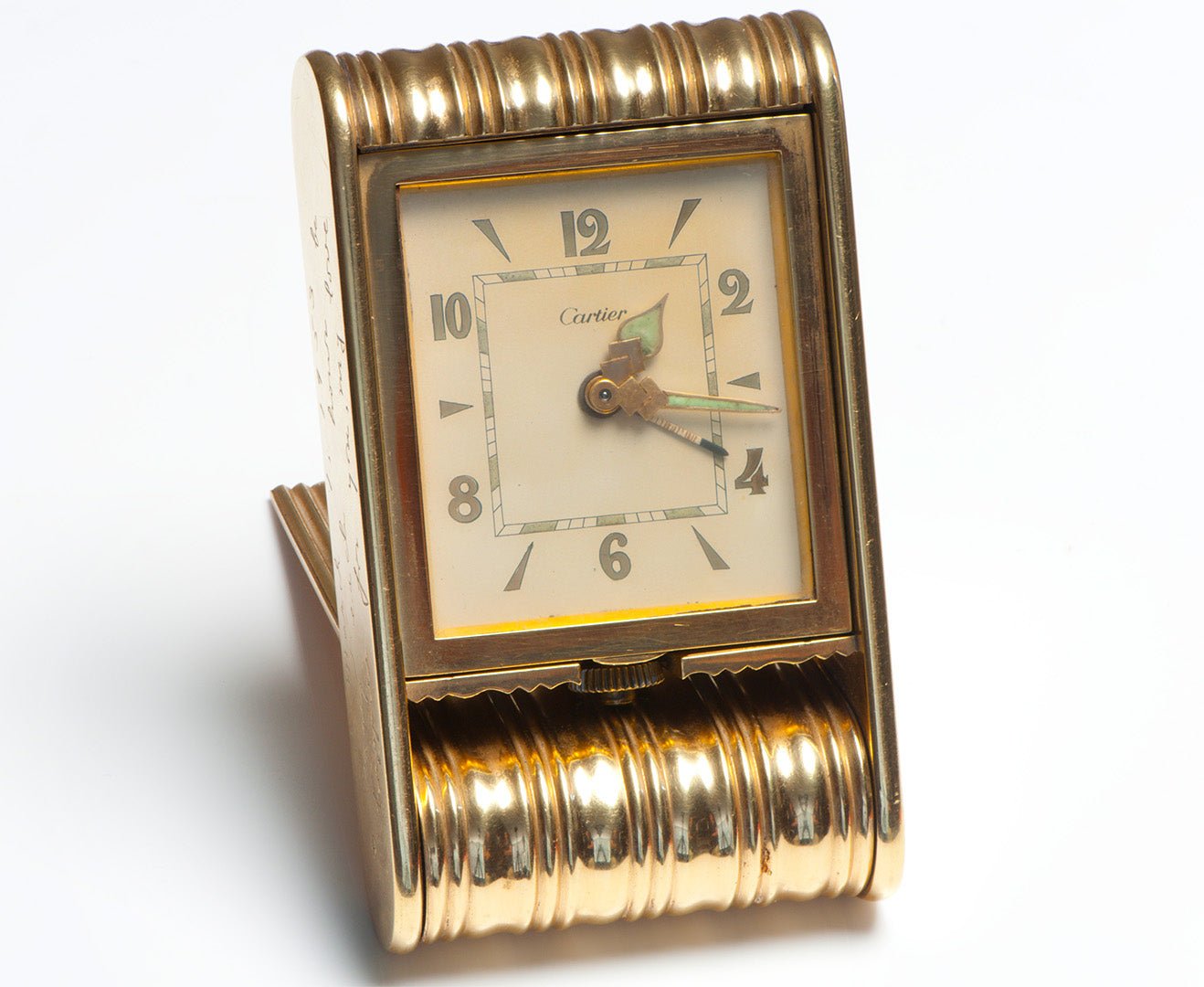
Cartier’s Legacy: Russia, Egypt, and the Mystery Clock
Cartier’s Influence in Russia, the Allure of Ancient Egypt, and the Marvel of Mystery Clocks
Cartier’s Russian Legacy: The Grand Duchess Maria Pavlovna and the Romanovs
Few figures played a greater role in cementing Cartier’s prominence in Russia than Grand Duchess Maria Pavlovna. A devoted patron of the French jeweler, she became Louis Cartier’s most influential Russian client, commissioning numerous magnificent pieces—including the legendary Vladimir Tiara, now a prized possession of Queen Elizabeth II. More than just a collector, the grand duchess introduced Cartier to the elite circles of Russian nobility, encouraging Louis Cartier and his brothers, Pierre and Jacques, to establish a seasonal boutique in 1907 at the Grand Hotel. The store thrived for several years, solidifying Cartier’s place among the Russian aristocracy.
By the early 20th century, as the Romanov dynasty neared its end, Maria Pavlovna had amassed a treasure trove of Cartier creations. Her collection featured extraordinary pieces, including:
- A six-row pearl choker adorned with two diamond-encrusted Imperial Eagles
- A dazzling diamond tiara set with a 5.22-carat Beauharnais ruby
- An exquisite diamond-and-onyx bow-shaped brooch with a lorgnette
Her love for Cartier’s craftsmanship even impressed her nephew, Tsar Nicholas II, who, in 1907, shortly after the Grand Hotel boutique’s opening, granted Cartier the prestigious title of "Jeweler to the Imperial Court of St. Petersburg".

However, the outbreak of World War I and the subsequent Russian Revolution brought this golden era to a dramatic close. As the Soviet regime took control, Cartier’s aristocratic clientele faced exile, imprisonment, or execution—leaving no place for luxury jewelers in a drastically changed Russia. Cartier was forced to close its Russian operations, marking the end of an era.
During the revolution, Maria Pavlovna fled to the Caucasus, refusing to leave Russia despite the growing dangers. She hid her priceless jewels in a vault at the Vladimir Palace. In a daring mission, Albert Stopford, a British intelligence officer and Romanov family ally, secretly retrieved the hidden treasures and smuggled them out of Russia. By 1920, the grand duchess had finally left her homeland, relocating to Venice, where her Cartier jewels were returned to her.
Explore Cartier's imperial legacy and similar rare pieces at DSF Antique Jewelry.
The Influence of Ancient Egypt on Cartier’s Designs
Since the 18th century, the grandeur of Ancient Egypt had inspired artists and designers across Europe. This fascination intensified following the 1869 opening of the Suez Canal and the 1911 Franco-Egyptian Exhibition at the Louvre, where visitors marveled at ancient relics, hieroglyphics, and ornate jewelry.
Cartier was among the foremost jewelers to embrace the Egyptian Revival style. As early as the 1900s, the Maison crafted pieces featuring iconic Egyptian motifs, including:
- Scarab beetles – symbols of rebirth and eternity
- Lotus flowers – representing purity and divine beauty
- Hieroglyphic engravings – meticulously rendered in lapis lazuli, turquoise, and garnet
These striking elements were elevated by Cartier’s signature craftsmanship, often combining platinum, diamonds, onyx, and calibré-cut emeralds, rubies, and sapphires.
The discovery of Tutankhamun’s tomb in 1922 by Howard Carter sparked an Egyptomania frenzy that rippled through the world of fine jewelry. Louis Cartier, long fascinated by Egyptian antiquities, had already built an impressive collection of relics, which became a key source of inspiration. Cartier's master artisans began incorporating authentic ancient faience beads and fragments into their designs, crafting some of the most imaginative and historically significant jewelry pieces of the era.
For rare Egyptian Revival jewelry, explore DSF Antique Jewelry’s collection.
The Mystery Clocks: Cartier’s Most Enigmatic Creations
Among Cartier’s most mesmerizing innovations are the mystery clocks—timepieces that appear to defy the laws of physics. With hands that seem to float effortlessly across a transparent face, these clocks are a triumph of illusion and masterful craftsmanship.
The magic lies in ingenious engineering:
- Each hand is mounted on an invisible crystal disc with a hidden saw-toothed metal rim.
- These discs, driven by concealed gears within the frame, rotate to move the hands, creating the illusion of a clock with no visible mechanics.
The first mystery clock, the “Model A,” was sold to the famed financier J.P. Morgan. Over the decades, Cartier refined the designs, incorporating exquisite materials such as rock crystal, jade, and onyx, and incorporating themes from Asian art, including the celebrated Portico models adorned with dragons and Buddhas.
Even well into the 1980s, crafting a single mystery clock remained a painstaking process, requiring up to a full year to complete. These horological masterpieces continue to be among Cartier’s most coveted and collectible creations, embodying the Maison’s enduring spirit of innovation and artistry.
Find extraordinary Cartier clocks and timepieces at DSF Antique Jewelry.
A Legacy of Innovation and Timeless Elegance
From imperial Russia to ancient Egypt and beyond, Cartier’s unparalleled craftsmanship and visionary designs have shaped the world of high jewelry and watchmaking. Whether adorning royalty, reinterpreting pharaonic grandeur, or creating illusions of time itself, Cartier remains a beacon of excellence in the realm of luxury jewelry.
Explore Cartier’s heritage and discover rare pieces at DSF Antique Jewelry.


